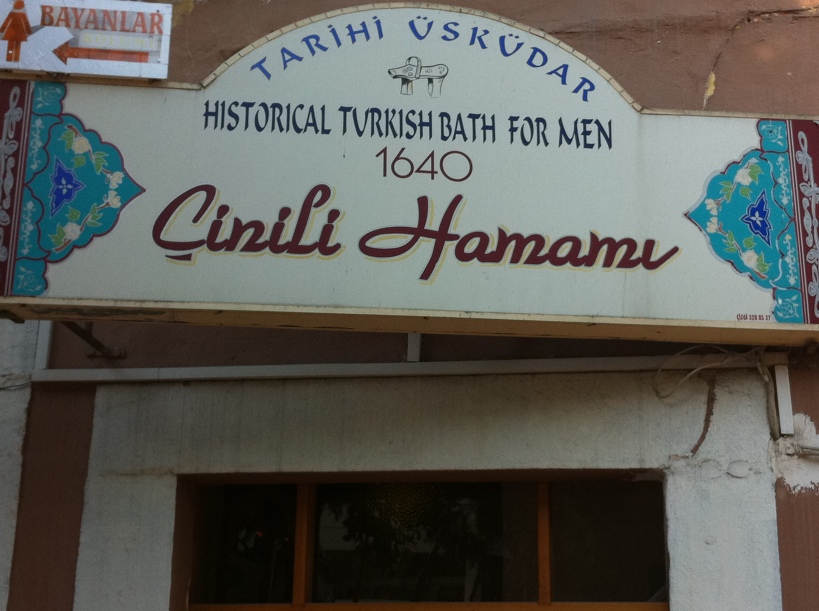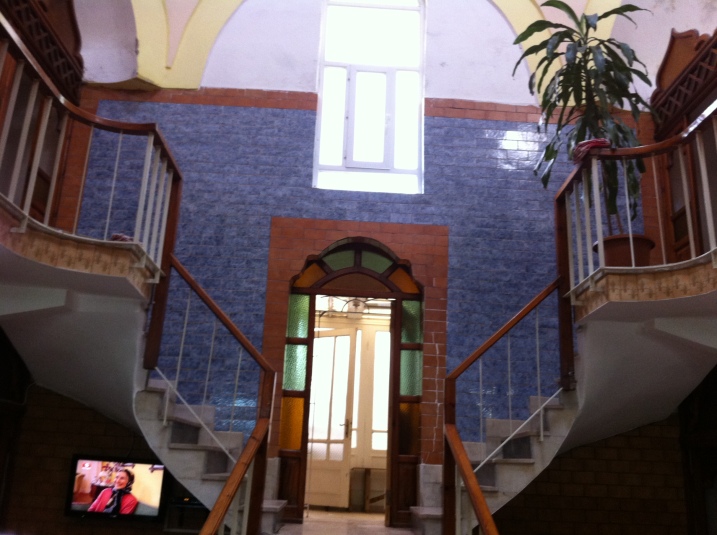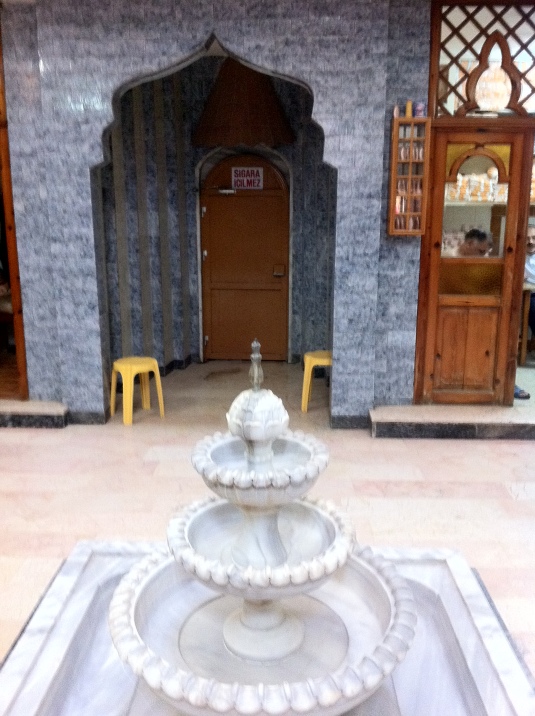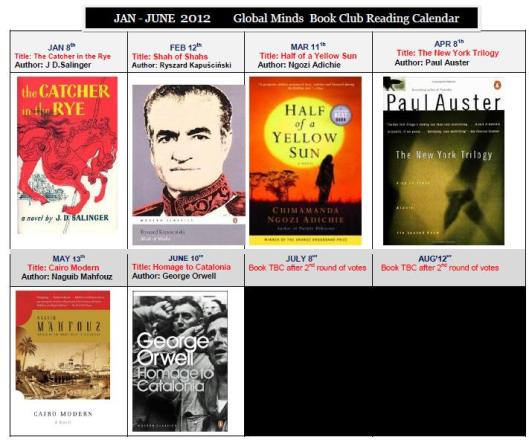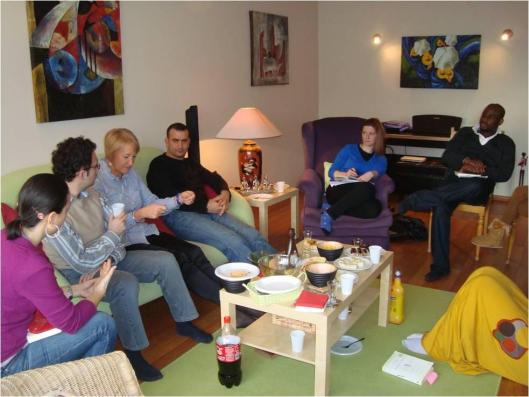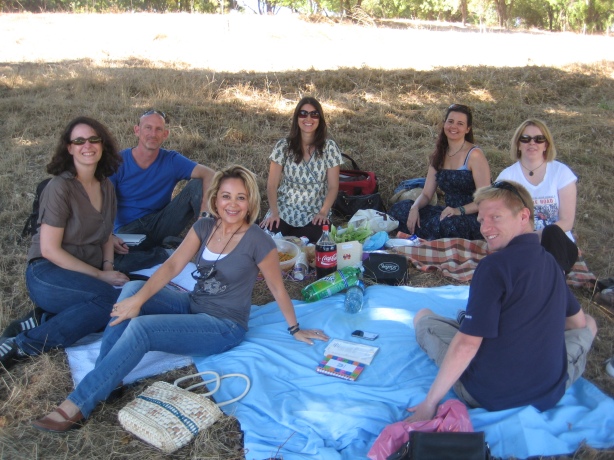Nb: This article was published in the Daily Graphic(No 1 Daily newspaper in Ghana ) in Dec 2004
Let me begin with a confession. I almost dropped this title for a less ‘controversial’ one. I use the word ‘controversial’ because as a citizen of a country(i.e. Ghana) where almost everything (including football) is politicised, I was aware (and concerned) of the possibility of this piece, being subjected to the same political scrutiny. In the end I chose to keep it, simply because I couldn’t find an alternative that captured the soul of this piece quite like ‘Power to the people’.
The concept, ‘Power to the people’ was made popular by ex-President J.J Rawlings in the early 80’s when the then PNDC Govt came into power. The idea behind ‘Power to the people’ was to develop and implement a decentralisation programme, designed to mobilise citizens to actively participate in the decision-making process.Some 20 years on, a rapidly growing phenomenon across our airwaves can best be described as a contemporary expression of this ‘Power to the people’ concept!Over the last couple of months, I have observed, across various media channels, that there appears to be a growing number of complaints/concerns being levelled at consumer-marketing companies on a number of issues, (“bad adverts’, product/service quality, etc) on a regular basis; and I have subsequently noticed that a few days or weeks after these complaints are aired, most of the affected companies take action. It is this growing phenomenon-when consumers speak out on issues, and companies respond promptly-sometimes at a huge cost (millions of cedis) to these companies, which I refer to as ‘Power to the people’.
There are several ‘complaint channels’ open to the consumer today; you can ‘pick your choice’, as we say in Ghana.For example, there are radio phone-in programmes like ‘Ka na wu’ on Radio Gold and ‘Feedback’ on Joy FM. And if you prefer to channel your views via TV, Consumer Watch (which has been off for a while now) on TV3 serves as a potent vehicle. On the other hand, if you are one of the estimated 500,000 internet users-who have access through shared Internet connections- homes, offices, through friends and cyber cafes you can log onto Ghana Consumer Complaints website to ‘download’ your comments. And as I was researching on this subject,I came across yet another ‘complaint channel’ in the form of the Ghana Consumer Watchdog Organisation. The objective of the group, according to their advert is ‘to protect, advice and secure the interest of the Ghanaian consumer. Ghanaian consumers are certainly spoilt for choice.
The latest vehicle that is being employed by consumers in the ‘Power to the people” age is the SMS text messaging facility.And with over 1 million mobile phone subscribers (and still growing) in Ghana, it is fast becoming a convenient weapon of choice for consumers. One radio programme that is fuelling this trend is ‘a piece of your mind’-an SMS text based programme on JOY FM.This programme which has been on air for the past 6 months or so is hosted by the 2003 Ghana Journalist of the year, Komla Dumor. Listeners are invited by Komla to send SMS text messages on ‘anything’ to an advertised Spacefon number during the period of the morning show. The response, so far has been overwhelming. According to Joy FM, over 300 text messages pour in daily. Listeners comments have revolved around both ‘hard’ issues like the CNTCI loan, sanitation in Accra, the presidential debate as well as ‘softer ‘ones like Komla’s beard, President Kuffour’s singing abilities etc.This rapidly growing trend has several implications for consumer-marketing companies. I will dedicate the rest of this piece to this discussion.
CHANGING DYNAMICS OF CONSUMER-BRAND INTERACTION
Initiatives like ‘a piece of your mind’ are already changing, and will continue to alter, the nature of consumer-brand interaction significantly.Gone are the days when a consumer had to take a pen and a piece of paper to write a letter of complaint, buy her own envelope and stamp, and walk to a post office to post this letter. And if she was lucky enough, the letter will be read and responded to by the relevant company. In today’s digital age, all the consumer has to do is to pick up his/her mobile phone and either send a text to ‘a piece of mind’or call into one of the numerous radio phone-in programmes, and within a matter of seconds, millions of people get the opportunity to hear her story. If it’s a case of a bad experience with a brand, you can be sure it will take a good slice out of long-built brand equity! There is a popular maxim, which cautions that when a person has a bad experience with a product or service, he/she is likely to tell 4 more people about it. Well, that was in the pre-‘SMS text’ era. Today, courtesy of programmes like ‘a piece of your mind’ a bad experience could be shared with millions of people in Ghana at once!
If you think the above scenario is scary, consider this.With the advent of SMS -text based radio programmes, consumers will no longer wait to express their feelings about your product/service to you ‘after the experience’. Right in the middle of a ‘brand experience'(relaxing their hair in a salon, eating a meal at a restaurant, drinking beer at a bar, watching an advert on t.v,) in Bibiani,Akatsi, Ada etc the consumer can literally pick his/her mobile phone and text away his/her complaints. How about that for ‘instant feedback’.
As I stated earlier, not only are consumers voicing out their opinions even more today, but more importantly, companies are responding swiftly to these complaints. Consider the following 2004 examples (names withheld);A few months ago, a toothpaste advert was withdrawn shortly after consumers complained about the ‘suggestive nature’ of the advert. After consumers complained that an advert on a billboard near Opeibea House was ‘too elitist’, the material was swapped for something else.In the ‘Power to the people’ era, entire roads are rehabilitated at the behest of consumers. Do you remember the famous Osu ‘Chicken Licken’ road? Indeed as I write, an Outdoor structure at Osu is in the process of being re-positioned (at a cost to the company)-again after consumers complained about its present precarious position. These are just a few examples.
‘The consumer is king’ cliche is indeed a very apt phrase to use in describing today’s consumer. Today’s consumer, has the advantage in this ‘war’; Choice. In every product category, abundance abounds.For example in 2003, the number of washing powder brands on the market was 34.Today a consumer can choose from 56 brands. In a category like Hair care, there are about 500 products making all sorts of claims in an attempt to woo Ghanaian women onto the beauty ship. In the mobile phone arena, you can choose from 4 phone operators. So be careful, companies, consumer choice is rapidly increasing! If she complains and you turn a deaf ear, she will walk out on you. With divorce rates already high, it shouldn’t be that difficult for a consumer to ‘divorce a brand that is unwilling to listen to her’
HOW SHOULD BUSINESSES RESPOND?
Let me state upfront that I don’t profess to hold the ‘magic wand’. Far from it. My goal is to create awareness of this rapidly growing phenomenon and to challenge consumer-marketing companies to begin to seriously ponder over how to deal with it.One thing is certain, ‘business as usual’ methods will not work! Companies will have to develop a new modus operandi-along with new competencies like agility and speed in this era!
Carelines should not be seen as ‘optional’ additions on product packs. The consumer today is more aware of telephone numbers/mobile numbers for radio phone-in programmes like ‘Ka na Wu’,’ a piece of your mind’, etc than they are of brand carelines ( where they exist). And this is simply because these lines are promoted more vigorously than brand carelines. How many times does one see a careline advertised along with the product or service concerned in a TV, radio or press advert ?In a situation where a consumer for example has a bad experience with a product, which is easier to do, to channel your complaints through the media houses or to search the yellow pages for the phone no. of the local Manufacturer/Distributor? And provision of carelines is just the first step. Ensure that those who operate these lines are not recruited from the ‘I’m doing you a favour’ school of receptionists. They must come across as enthusiastic, well-informed, and professional brand ambassadors.
More importantly, the plethora of media vehicles available in the ‘Power to the people’ age calls for a similar multi-faceted solution from consumer-marketing companies. Telephone numbers and even internet addresses are not enough. It may be worth considering a faster-and more convenient option like an SMS text ‘careline’ to complement existing lines. It certainly makes life easier for the consumer whose selection criteria for several things include ‘convenience’.
I conclude with the following scenario; imagine it’s the first day of the week and you’re already on your way (i.e.driving) to work. Your radio is tuned to the Super Morning show and Komla as usual is going through some of the SMS text messages sent in by his numerous listeners. He reads the following text messages in the hearing of thousands of people in Ghana.
”I ate Brand X (a newly launched product) last week and the very next day I had to be treated for food poisoning” You the driver, happen to be the Brand Manager
”Massa, I finally visited Restaurant X after seeing their advert 3 times on t.v and guess what, the soup I ordered came with a cockroach”. You the listener happen to be the proud owner of this new ‘joint’.
”’I used Relaxer B in the salon on Saturday (the day of my best friend’s wedding) and I ended up burning my scalp seriously”.You the listener happen to be the Manufacturer.
Hmm, what a way to start the week !
Now the above scenarios are not far fetched . Similar stories are read on a regular basis. And the next one could involve your product or service. The ‘Power to the people’ era is here- and here to stay if I may add. Companies will have to start thinking seriously about how to cope with this phenomenon
I wrote this piece(slightly edited since) over 7 years ago, before the start of my nomadic life .It will be interesting to hear readers’ views on the current state of affairs in Ghana .Are companies now better eqipped to promptly address consumer complaints ?
Share your 50cents !

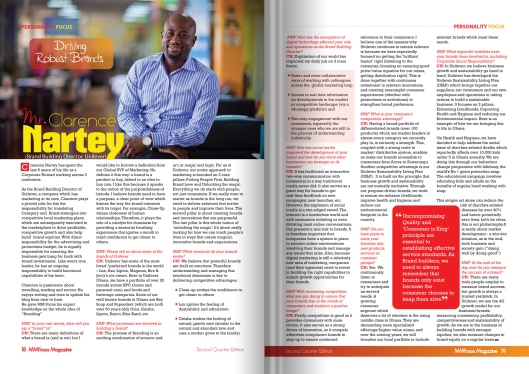
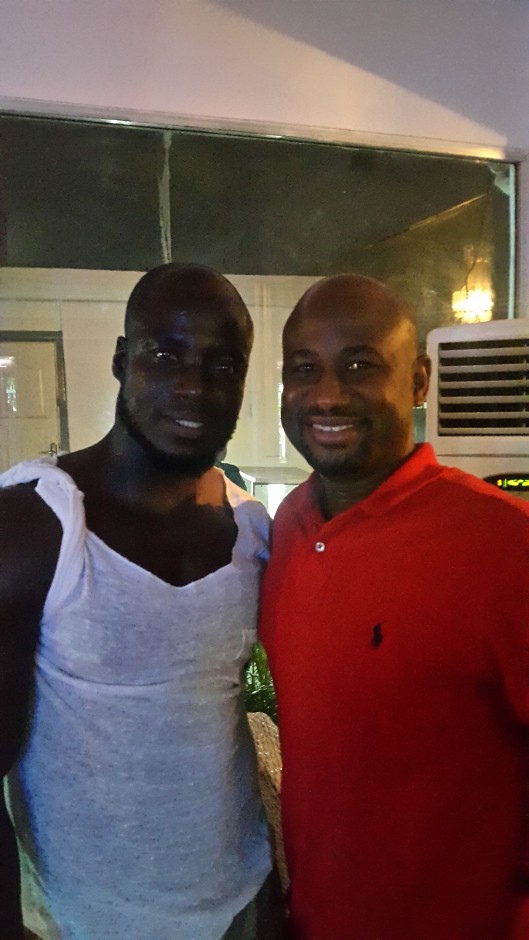
 A view of Thembe’s house from the pathway leading to the entrance
A view of Thembe’s house from the pathway leading to the entrance
 Opening scene
Opening scene
